6 must-see exhibitions in Moscow about the 1917 Revolution
'Cai Guo-Qiang: October' at the Pushkin State Museum of Fine Arts
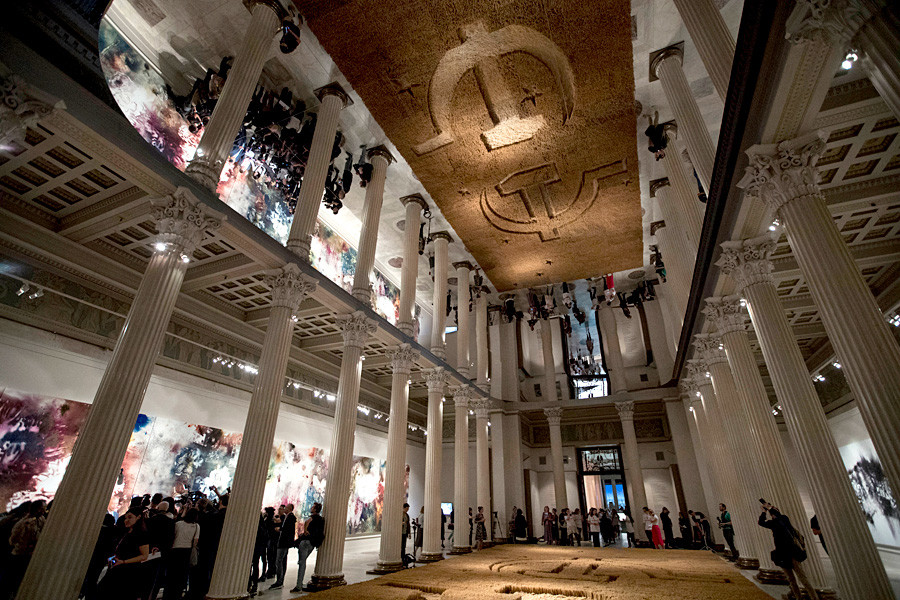
An installation reflected in a mirror at the top of a hall at the Pushkin Museum in Moscow
APOne of the most anticipated art events of the year in Moscow is an exhibition that looks at the Russian Revolution through the art of acclaimed Chinese artist, Cai Guo-Qiang. Large canvases, as well as small works and video art installations, were specially created for this exhibition. Guo-Qiang’s technique is based on burning gunpowder poured on the canvas.
Visitors to the Pushkin Museum can for the first time see not only finished
The exhibition begins outside the museum building with a large-scale installation, “Fall,” which looks like a pile of baby carriages donated by citizens, and birch trees growing from them. This is both a metaphor of children’s dreams and an allusion to a fragment of Sergei Eisenstein’s legendary film, Battleship Potemkin, which features a baby carriage rolling down the staircase.
The exhibition runs until Nov. 12. Tickets and more information can be found here.
'Someone 1917' at the State Tretyakov Gallery
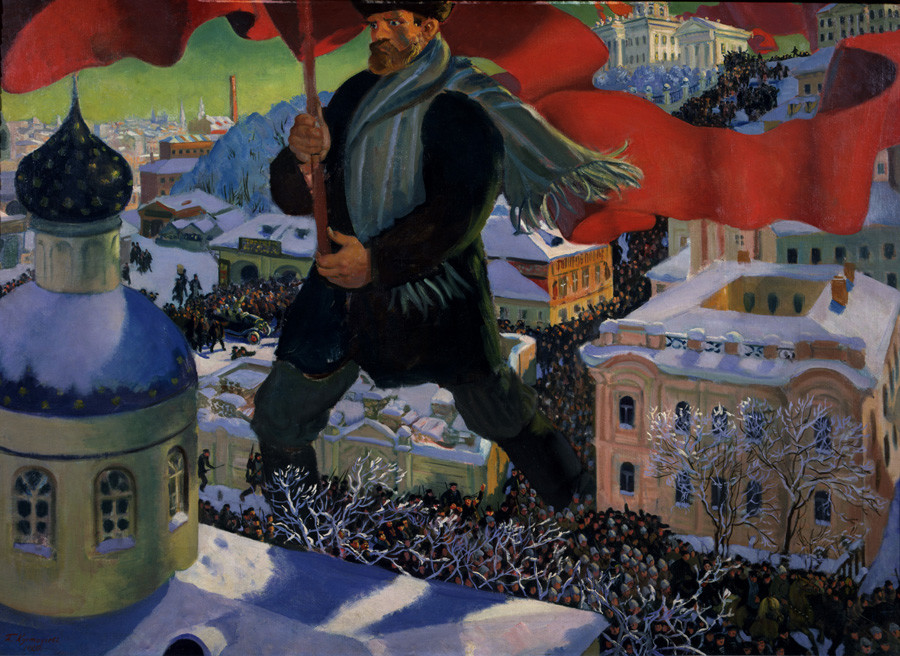
'Bolshevik,' 1920 by Boris Kustodiev
The State Tretyakov GalleryThe State Tretyakov Gallery, Moscow’s leading collection of Russian art, also felt obliged to mark the anniversary, and it has gathered about 120 art masterpieces from Russian and foreign museums (including Pompidou Center in Paris, and Tate Modern in London). Curators took an unusual approach and show paintings made in 1917 that surprisingly don’t reflect the upheavals of the Revolution. These artists seem not to pay attention to the tumultuous events, and keep on drawing portraits, stills and idyllic paintings of peasant life, for example, the works of Boris Kustodiyev and Zinaida Serebryakova.
Among the most famous artists on display are Kazimir Malevich, Kuzma Petrov-Vodkin, Boris Grigoriev, Alexander Rodchenko, Vassily Kandinsky and many more talented artists.
The exhibition runs until Jan. 14, (at the New Tretyakov Gallery on Krymsky Val).
'1917. The Code of Revolution' at the State Central Museum of Contemporary History of Russia
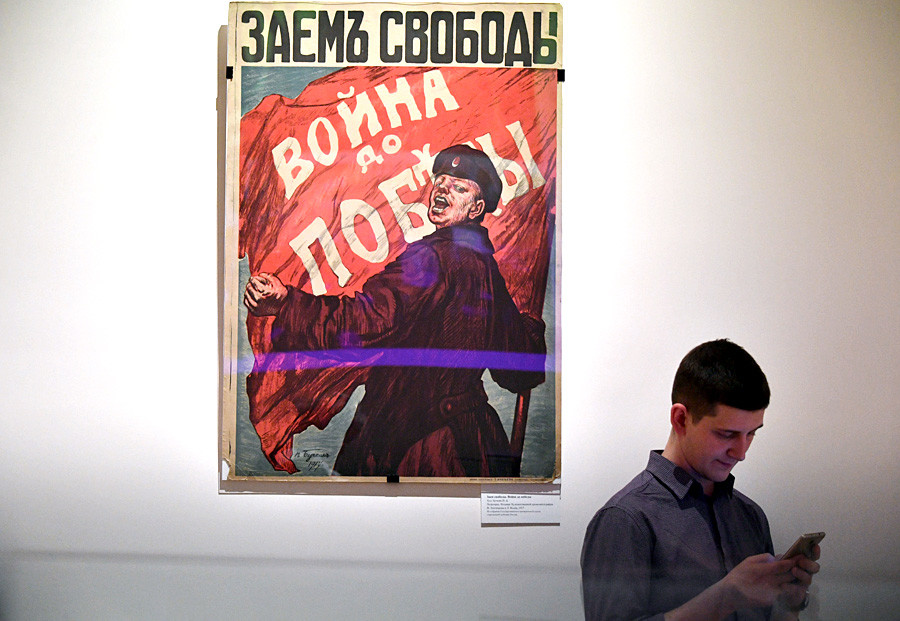
'Freedom Loan: War till Victory' poster by P. Buchko, Petrograd, 1917
Maksim Blinov/RIA NovostiThis exhibition is a historical chronicle of October 1917, showing rare items from the time of the Revolution, such as the personal notes of Vladimir Lenin, propaganda porcelain, and personal belongings of other major revolutionary participants. There are more than 1,500 items in total.
The exhibition runs until Nov. 12. For more information click here.
'Freedom for All? The History of a Nation in the Years of the Revolution' at the Jewish Museum and Tolerance Center
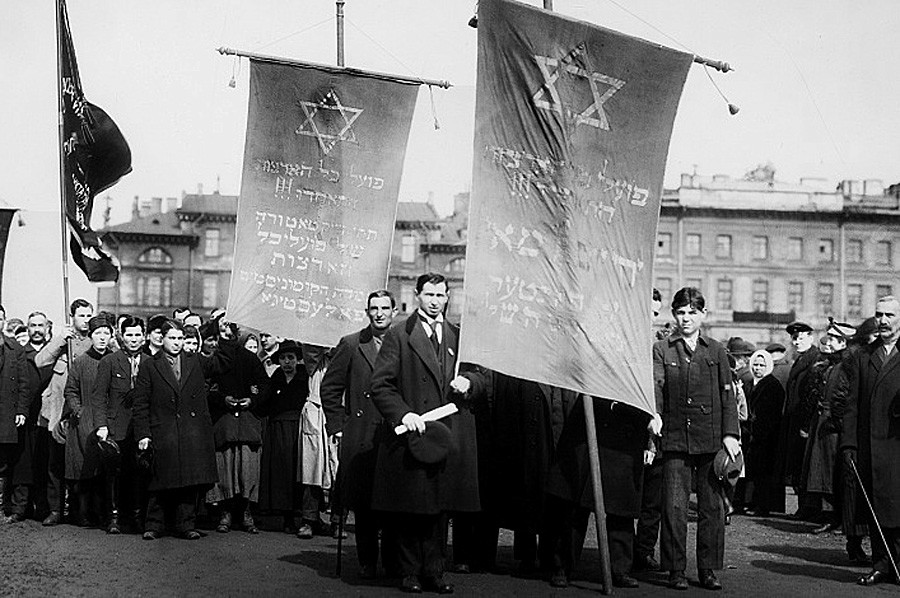
Jewish organizations during the May Day demonstration at Marsovo Pole in Petrograd. 1919 (Unknown author)
The Jewish Museum and Tolerance CenterOne of Moscow’s newest and most modern museums, the Jewish Museum and Tolerance Center, shows the cultural, political and religious development of Russia's Jewish community during the years of the Revolution and the Civil War (1917-1920).
This is a multimedia exhibition that shows a timeline of events, as well as participants’ testimonies in the first person. Fine art, photography, books, theater and propaganda posters introduce visitors to the variety of Jewish life, and to the work of the best Jewish artists, among which are El Lissitzky,
The exhibition opens on Oct. 17 and runs until Jan. 14, 2018.
'El Lissitzky' at the State Tretyakov Gallery, andthe Jewish Museum and Tolerance Center
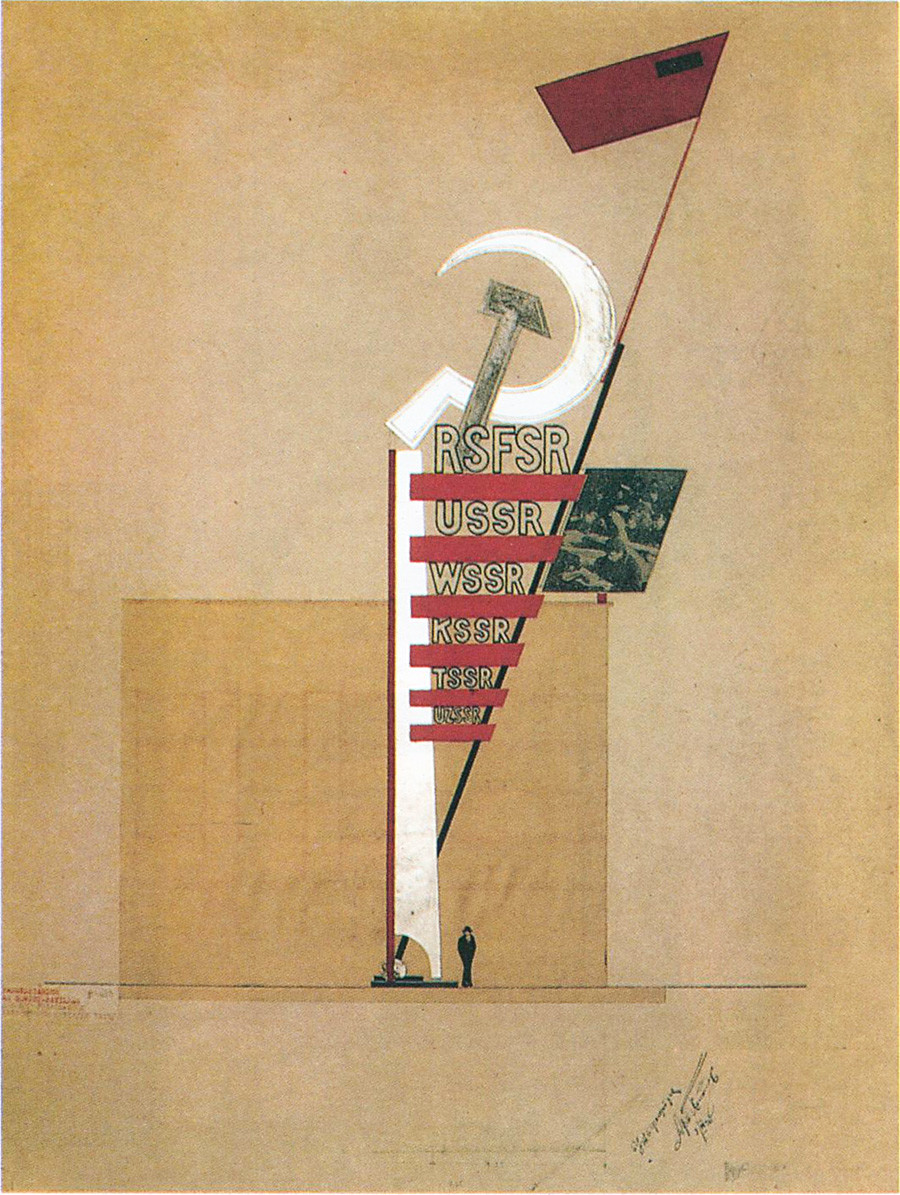
From a Soviet pavilion of the 'Press' exhibition in Cologne, 1928
The Jewish Museum and Tolerance CenterTwo great museums unite to show a retrospective of the leading avant-garde artist, El Lissitzky, a trendsetter of early
The Jewish Museum starts with the pre-
The exhibition at the Tretyakov Gallery runs from Nov. 17 to Feb. 4, 2018. Click here for more info. The Jewish Center’s exhibition runs from Nov. 16 to Feb. 18, 2018.
'Alexander Labas. October' at the Institute of Russian Realist Art
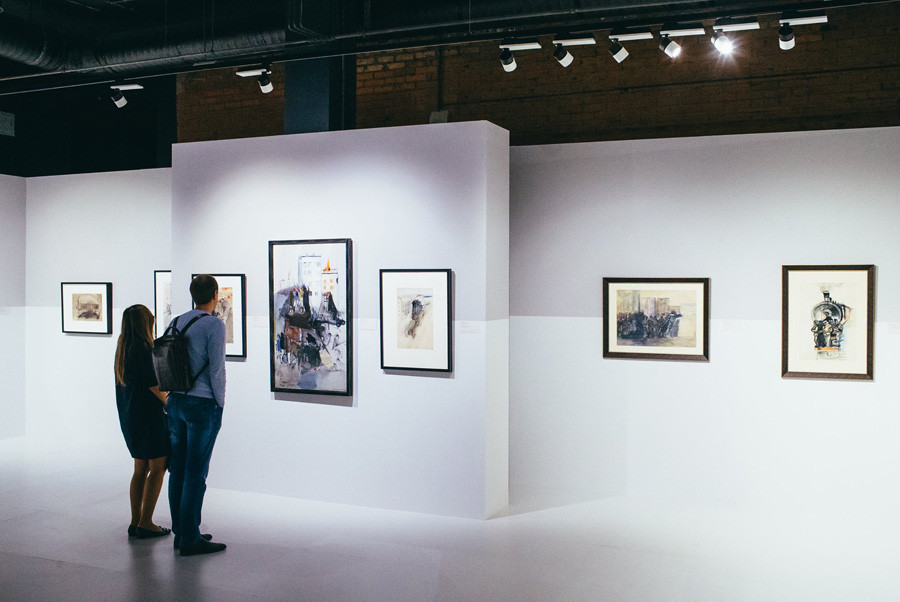
The Institute of Russian Realist Art
Press photo / The Institute of Russian Realist ArtWhen the Revolution happened artist Alexander Labas was only 17 years old. “I tried constantly to be outside, I was captured by this rhythm, shootings, crowds of soldiers and trucks with Red Army soldiers,” he recalled. “I incredibly feel that era, and those images pursue me.”
Labas’ paintings had a strong impact on official Soviet art. The titles of his works in the exhibition say more than other words: “Sailor,” “October night,” and “Morning after
The exhibition runs until Dec. 1. Click here for more information.
If using any of Russia Beyond's content, partly or in full, always provide an active hyperlink to the original material.
Subscribe
to our newsletter!
Get the week's best stories straight to your inbox